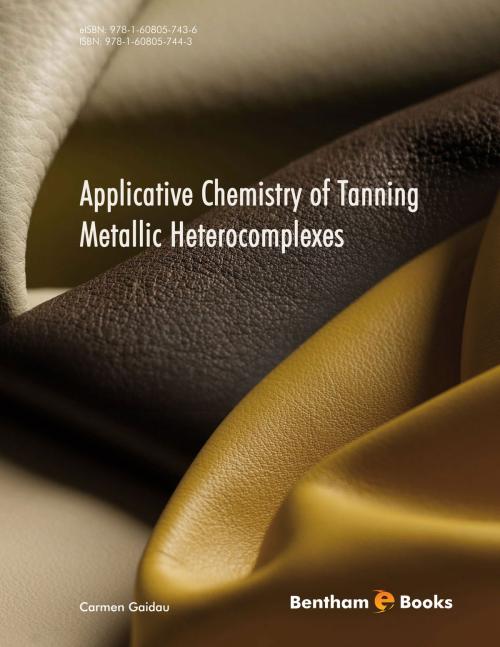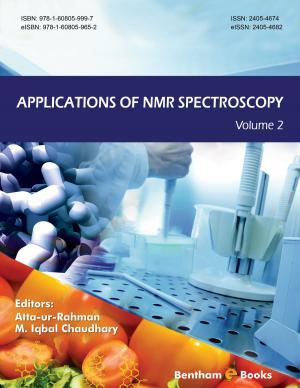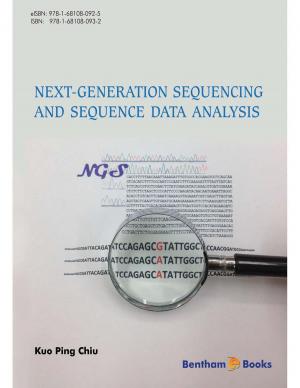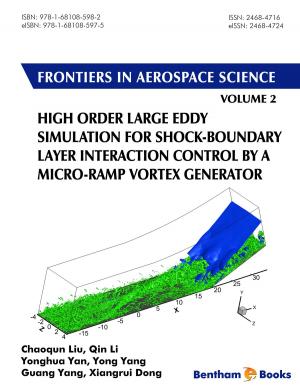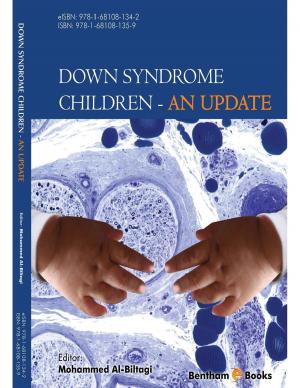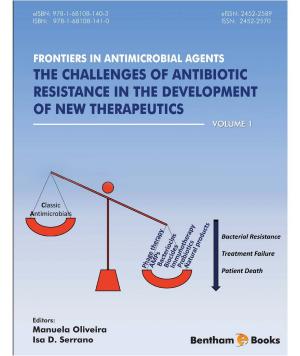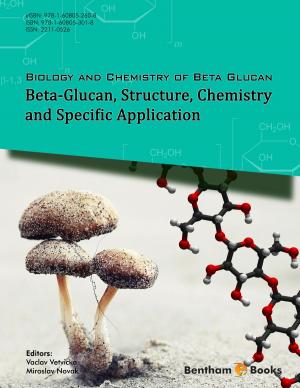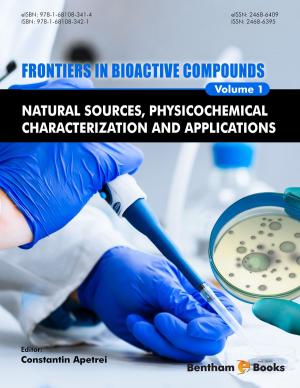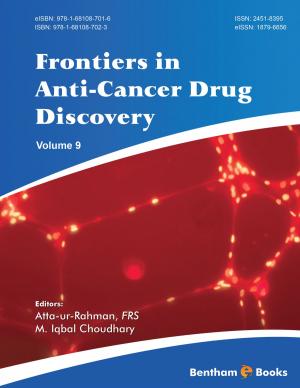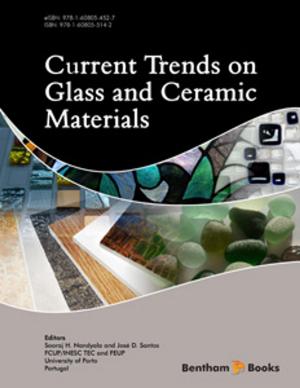Applicative Chemistry of Tanning Metallic Heterocomplexes
Nonfiction, Science & Nature, Science, Chemistry, Technical & Industrial| Author: | Carmen Gaidau | ISBN: | 9781608057436 |
| Publisher: | Bentham Science Publishers | Publication: | August 7, 2013 |
| Imprint: | Bentham E-Books | Language: | English |
| Author: | Carmen Gaidau |
| ISBN: | 9781608057436 |
| Publisher: | Bentham Science Publishers |
| Publication: | August 7, 2013 |
| Imprint: | Bentham E-Books |
| Language: | English |
The chemistry of heterocomplex compounds is a fascinating field for experts in chemical synthesis and structural analysis, and for technologists specializing in leather processing. This volume describes the vast theoretical and practical possibilities of exploiting the action synergism of metals with different collagen cross-linking capacity. The possibility of reducing chromium content from leather tanning agents by replacing it with other tanning metals has significant environmental implications and minimum changes in terms of quality and production costs of natural leather, and is a viable alternative for a safe future. Applicative Chemistry of Tanning Metallic Heterocomplexes is a book dedicated to the synthesis and use of tanning metallic heterocomplexes in leather tanning as alternatives to tanning with basic chromium salts. Replacing chromium with other tanning metals is an innovative approach that exploits the possibility that a series of known disadvantages of tanning metals used individually be reduced by heterocomplexation. The synthesis mechanism of stable combinations of chromium with other tanning metals: aluminum, iron, titanium, or zirconium is based on the stoichiometry of oxidation-reduction reactions which enables a wide range of combinations, the premise for obtaining various properties by tanning and retanning natural leather. The volume is intended as a useful reference for researchers, chemical auxiliary producers, experts in natural leather processing who are looking for clean and efficient solutions for wastewater pollutants, sludge or solid wastes while striving to preserve the known characteristics of mineral tanned natural leather.
The chemistry of heterocomplex compounds is a fascinating field for experts in chemical synthesis and structural analysis, and for technologists specializing in leather processing. This volume describes the vast theoretical and practical possibilities of exploiting the action synergism of metals with different collagen cross-linking capacity. The possibility of reducing chromium content from leather tanning agents by replacing it with other tanning metals has significant environmental implications and minimum changes in terms of quality and production costs of natural leather, and is a viable alternative for a safe future. Applicative Chemistry of Tanning Metallic Heterocomplexes is a book dedicated to the synthesis and use of tanning metallic heterocomplexes in leather tanning as alternatives to tanning with basic chromium salts. Replacing chromium with other tanning metals is an innovative approach that exploits the possibility that a series of known disadvantages of tanning metals used individually be reduced by heterocomplexation. The synthesis mechanism of stable combinations of chromium with other tanning metals: aluminum, iron, titanium, or zirconium is based on the stoichiometry of oxidation-reduction reactions which enables a wide range of combinations, the premise for obtaining various properties by tanning and retanning natural leather. The volume is intended as a useful reference for researchers, chemical auxiliary producers, experts in natural leather processing who are looking for clean and efficient solutions for wastewater pollutants, sludge or solid wastes while striving to preserve the known characteristics of mineral tanned natural leather.
